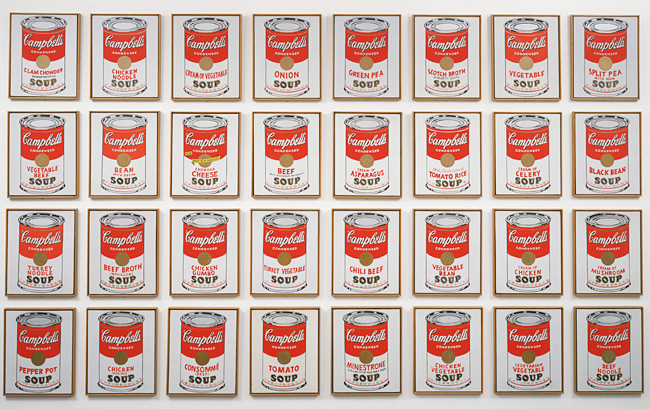A few weeks ago I found my Grandpas old film camera which hasn’t been used for over 30 years. The Ensign Selfix 16-20 shoots on 120 Film and is a fully manual camera. This means it is a tedious process when setting up a shot. When i first looked at the camera, i didn’t thing there would be any film still in it so I possibly ruined the photos when i opened the back. Turns out the film which was inside, was so old it that cant be developed anywhere in Australia. The only place you can get C-21 film developed is at a place in the UK. I would love to get these photos developed some time soon.
 So I bought new film started taking a photo everyday. It was kind of a learning curve because I have always used a DLSR camera for photography. I could rely on its auto abilities such as shutter priority. Now with this camera i need to learn how to compose a shot. I need to know the f-stop of the suns reflections, the shutter speed when shooting inside a car etc. To help I have to use a light meter app on my phone. Its actually been very useful and has only failed a few times.
So I bought new film started taking a photo everyday. It was kind of a learning curve because I have always used a DLSR camera for photography. I could rely on its auto abilities such as shutter priority. Now with this camera i need to learn how to compose a shot. I need to know the f-stop of the suns reflections, the shutter speed when shooting inside a car etc. To help I have to use a light meter app on my phone. Its actually been very useful and has only failed a few times.
I now look at photography differently. Film photography is counter productive (especially in the digital age), but it makes the photographer question whether the photo is really necessary because there are a limited number of shots on a roll (which costs a lot to buy and process). This is kind of scary because if you take an amazing shot, then when it gets developed it looks horrible, youre stuck witha bad photo. If you had a digital camera you could have seen your mistakes and then taken another.
Theres a certain finesse with film photography as well. Theres also the anticipation of waiting for the film to be developed. When I handed in my first reel of film, I wasn’t even sure if the camera worked. I couldn’t wait to see the photos at Home so i looked at them on the train. i was happy but there were only three photos that i really liked. The whole excersise cost $32 for three good photos.
This one is my favorite because of the vibrance of the reds against the blues and blacks; it also has good framing which i tweaked in post-production.

Im always cautious with the focus focus ring because its in feet, and theres no ‘live view’ to check the subject is in focus. I have to mentally or physically measure how far away the subject is from the camera. It does take longer to take a photo on a camera like mine for the above reasons but it make you think of why you are taking the photo in a certain way.It makes it rewarding when these photos you spent minutes setting up, come out so well.




